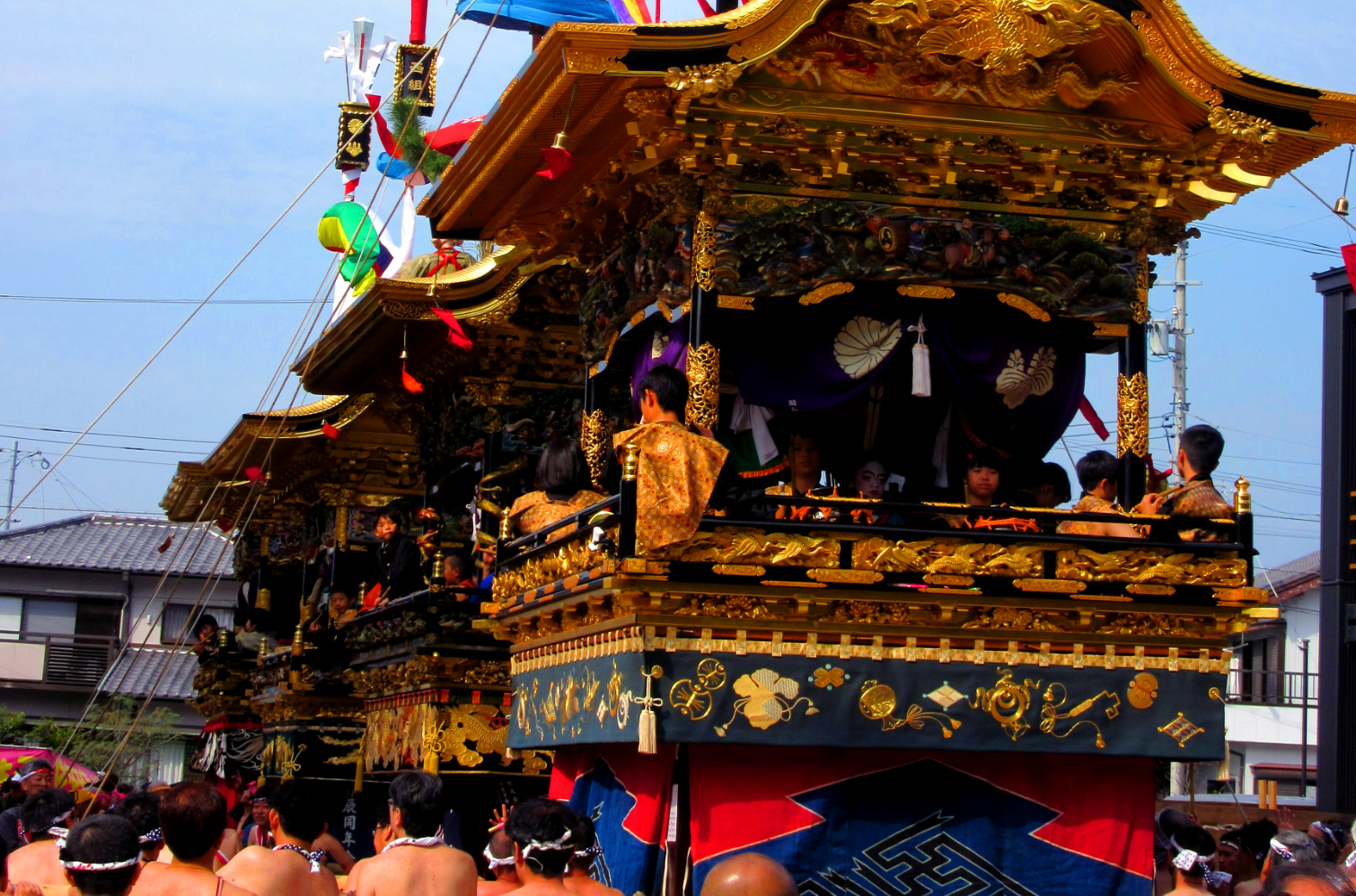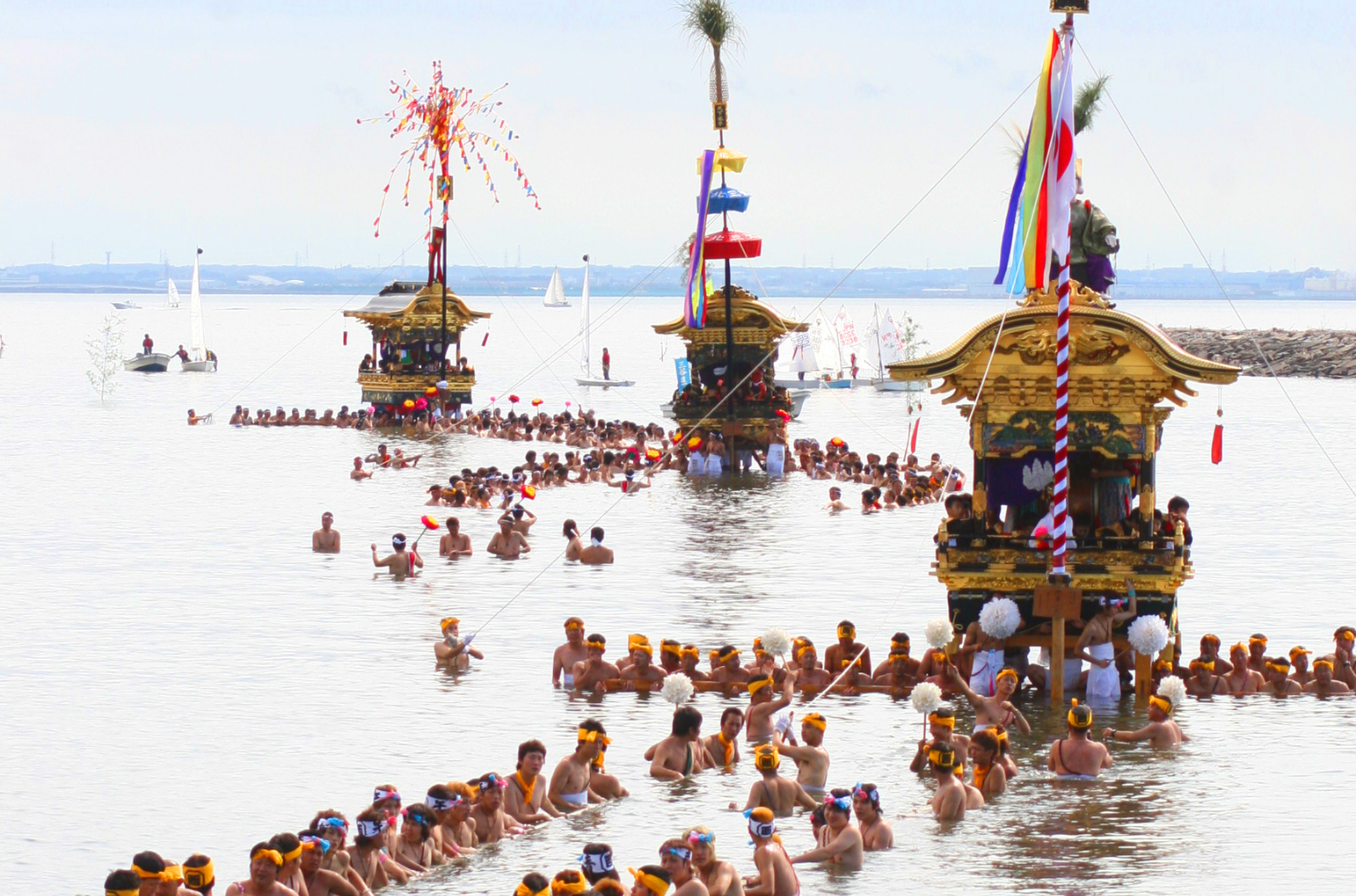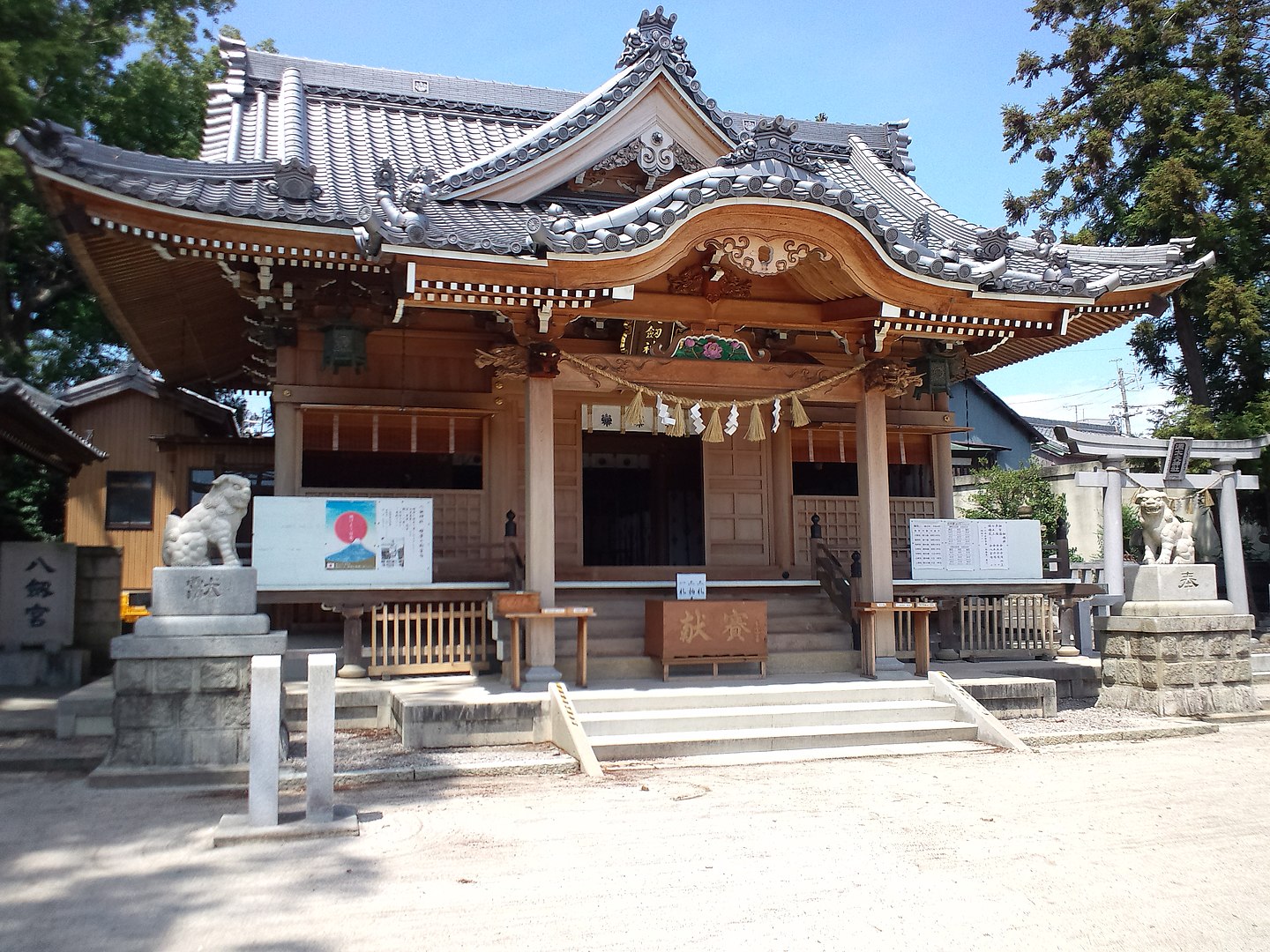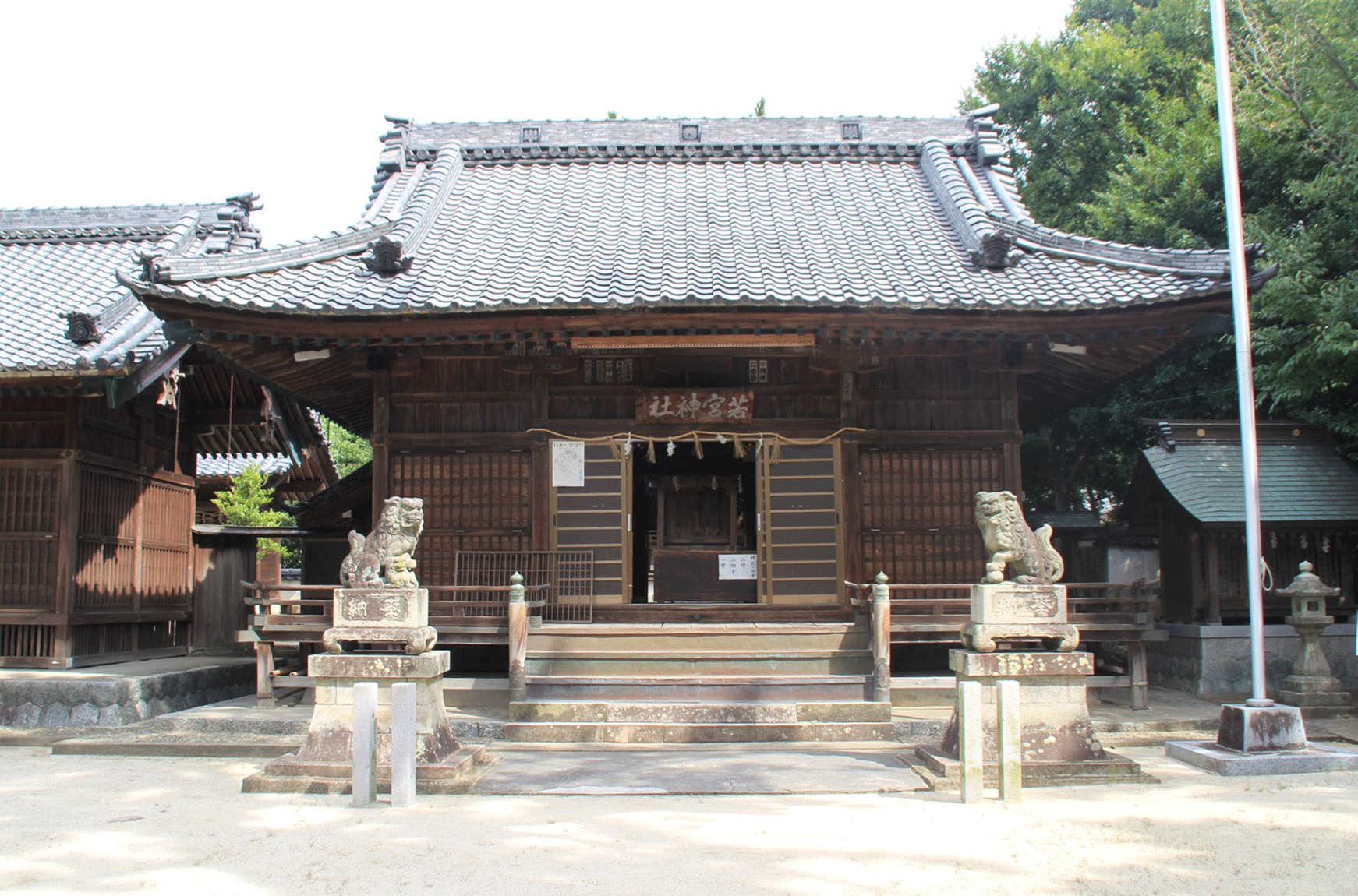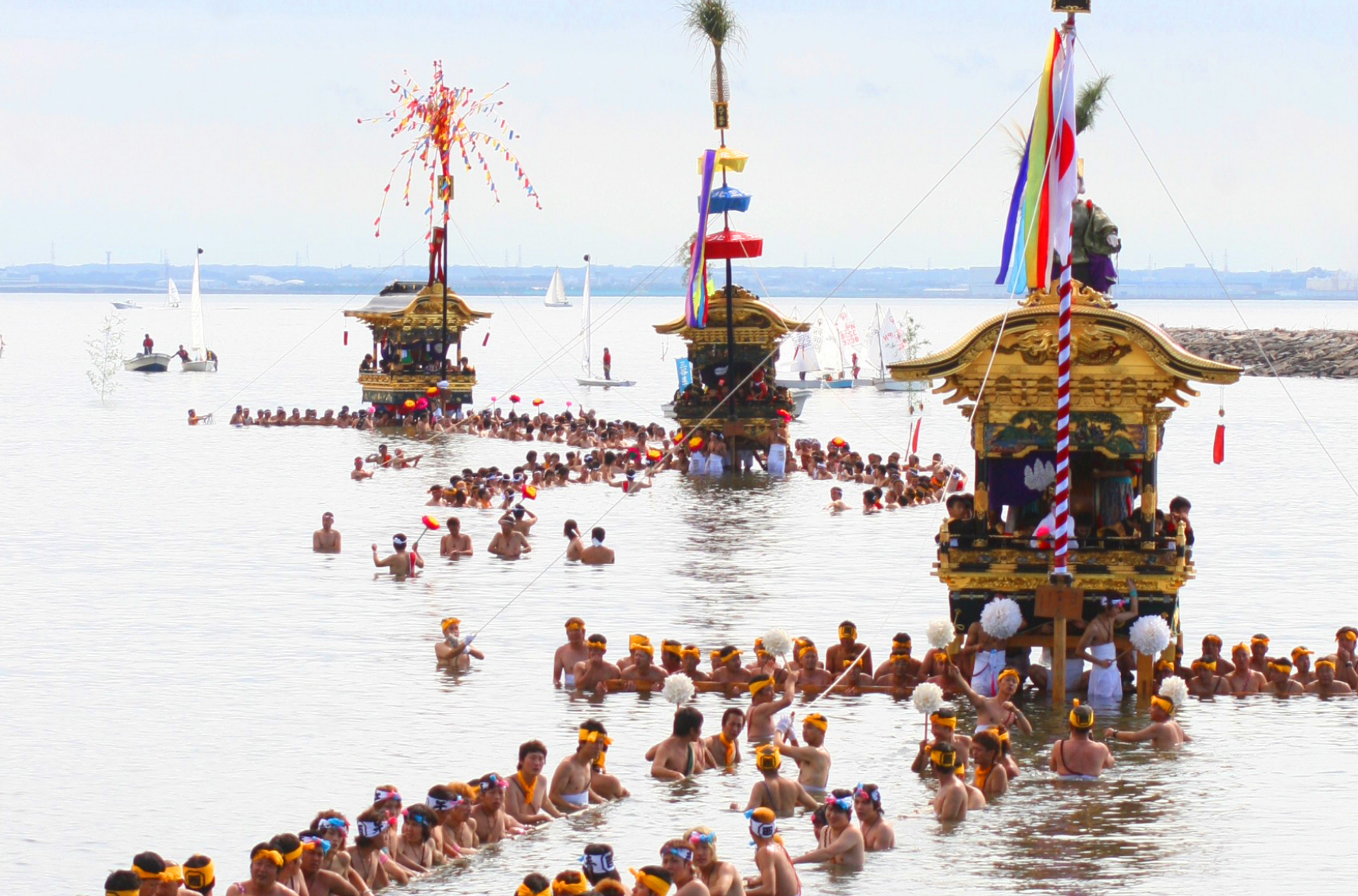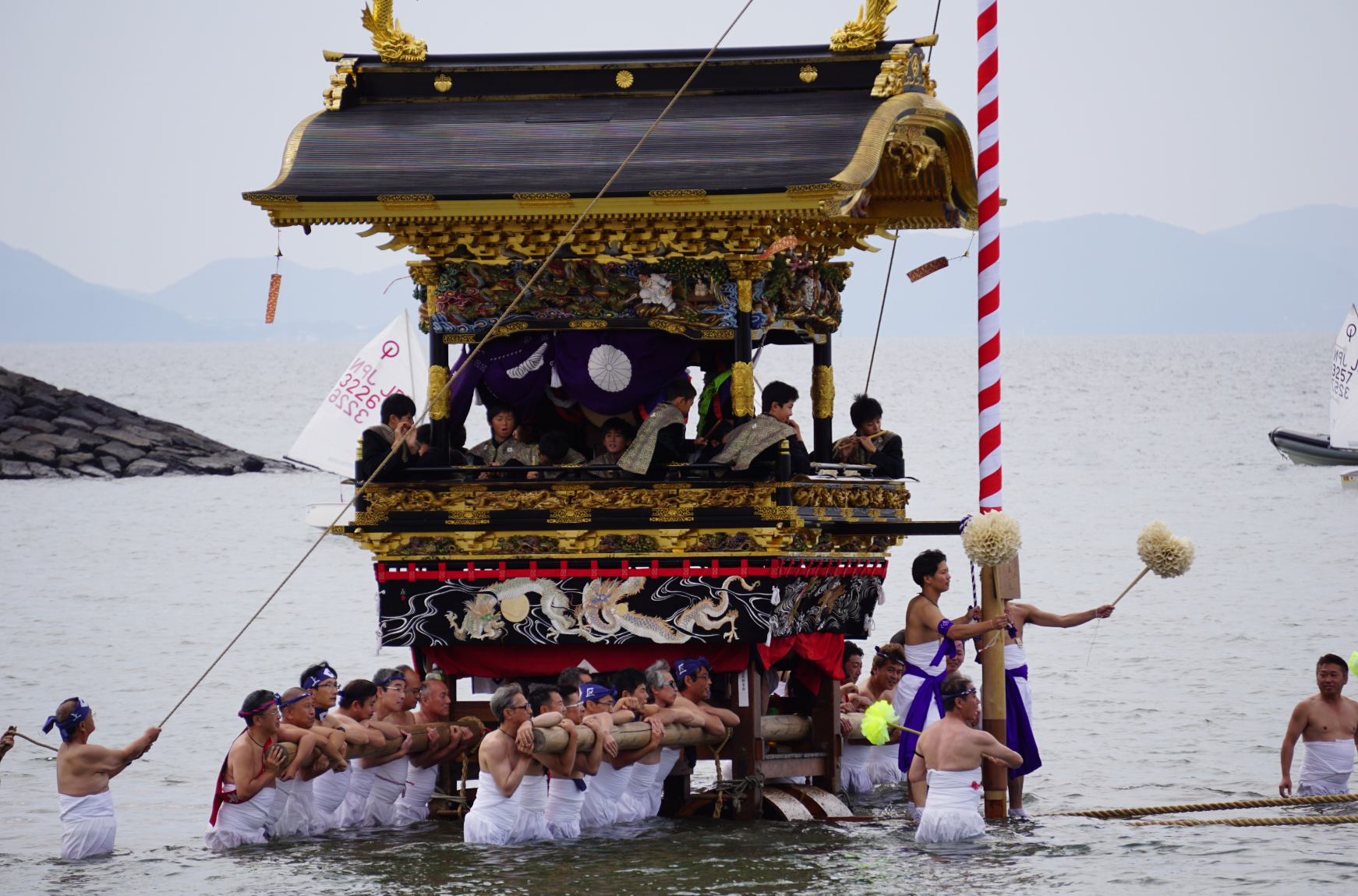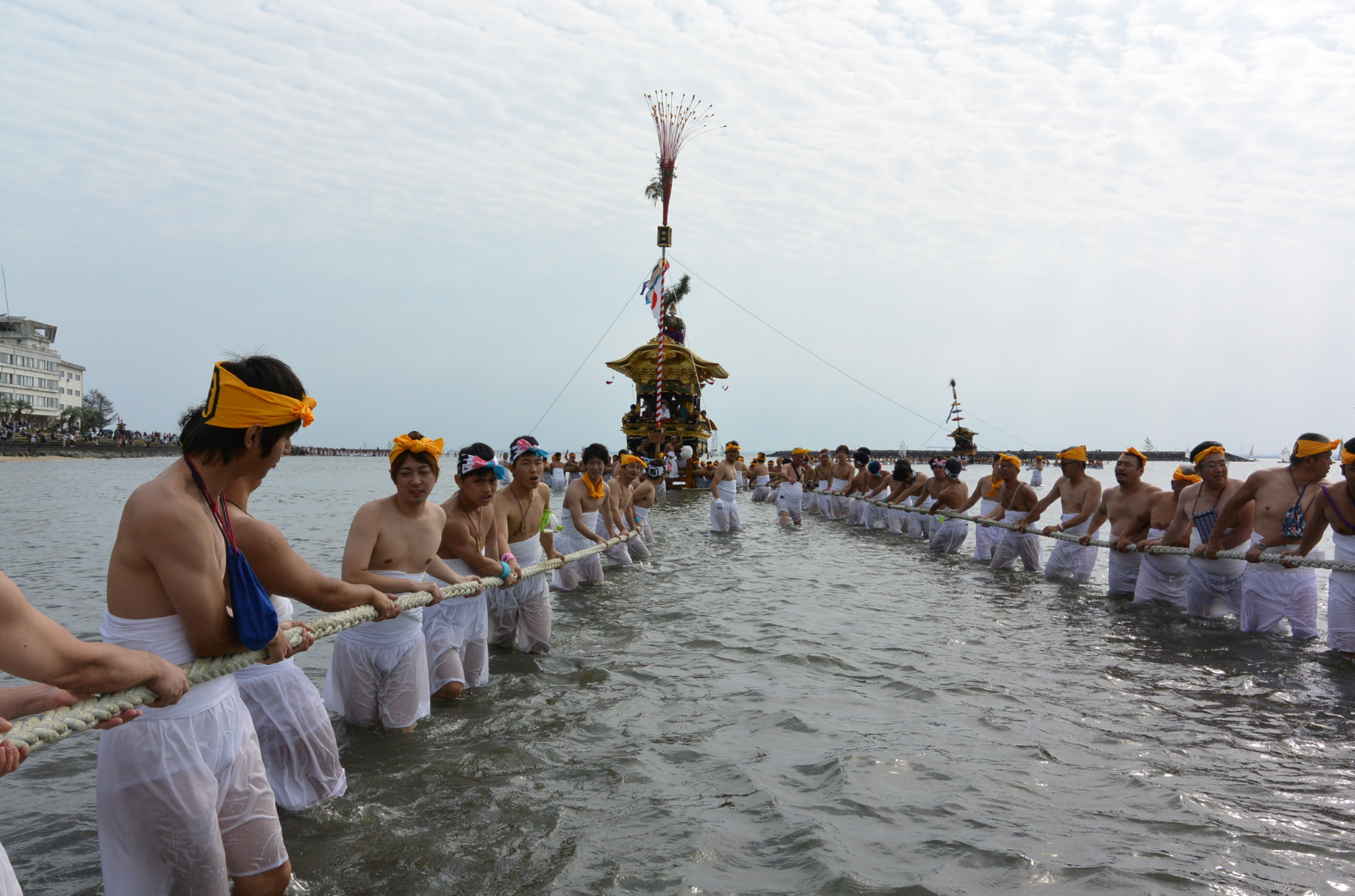|
1696 |
Shoya of Mitani Village performs a ritual of Kamiko for Shigeyo’s festival. |
|
1712 |
Matsubashima (Matsu Ward) is Miyamoto, and a festival ritual (shrine shrine transfer) is held in all villages. |
|
1790 |
Shinfuna Wakamiya Maru in Higashi Ward is built. |
|
C.1800 |
After that, the festival grew with the development of the village.
Each district will compete to build a gorgeous float.
He floats floats underwater and crosses over to offer kagura and dance.
Festivals commensurate with today’s scale will take place. |
|
1893 |
A flower float in Naka Ward is built. |
|
1916 |
A float in Ebisu in Nishi Ward will be renovated. |
|
1921 |
A float with a three-lid umbrella in Kita Ward will be built. |
|
1935 |
A sword float in Kami-ku is built. |
|
1957 |
Gamagori City has designated four floats as tangible cultural properties. |
|
1960 |
Riverbank reclamation work was carried out due to the effects of the Isewan typhoon, and underwater towing was suspended. |
|
1961 |
Gamagori City has designated Shinfune as a tangible cultural property. Gamagori City designates Mitani Festival as a designated intangible folk cultural property. |
|
1969 |
Gamagori City has designated a portable shrine as a tangible cultural property. |
|
1995 |
Trial one float in the sea. Specified. |
|
1996 |
At the 300th anniversary of the founding festival, four floats were pulled into the sea, and the undersea worshiper revived. |
According to existing materials,
The oldest of the festivals, where shrines and shrines have inherited the priesthood of specific shrines for generations. Yatsuru Shrine is Takeuchi, and Wakamiya Shrine is Yamakawa. The thing was recorded in the 17th year of Masanori (1712), seeking a rally of all six wards in Shoya Matsubahama with Matsuhashima (currently Matsuku), the hometown of Sazaemon, as a Miyamoto, ).
After that, the festival grew with the development of the village, and each district competed to build a gorgeous and magnificent float, which was said to have been influenced by the Kyoto Gion Festival, and dragged it underwater to cross, and it was full of kagura and dance. I began to offer a lot of entertainment.
With this, the order of operation of the festival was established, and rituals were held under strict discipline. During the Bunka Bunsei period (around 1800), rituals of the same size as today were held. This is known from records and tools.
After that, it has been handed down as a celestial festival under the umbrella of the world, but the coastline was lost due to the coastal reclamation work caused by the typhoon of Isewan, and the traditional float of the sea was passed to the sea in 1955. Disappeared.
However, after that, in addition to the strong sense of survival of local residents, voices of revival of pulling of floats into the sea increased, and on the east coast of Wakamiya Shrine, one underwater trial was pulled in 1995, The 400th anniversary of the founding of the festival was started with four cars pulled back.
In March 1932, Gamagori City first designated four floats as tangible cultural properties, added a shrine in 1956, and designated a portable shrine in 1944. Also, "Mitani Festival" was designated as a designated intangible cultural asset.
At present, four floats are being drawn: Kamui-ku “Sword floats”, Naka-ku “Flower floats”, Kita-ku “Tripod umbrella floats”, and Nishi-ku “Ebisu floats”. Although newly built or completely renovated, each is a gorgeous luxury float carved with colored sculptures.





